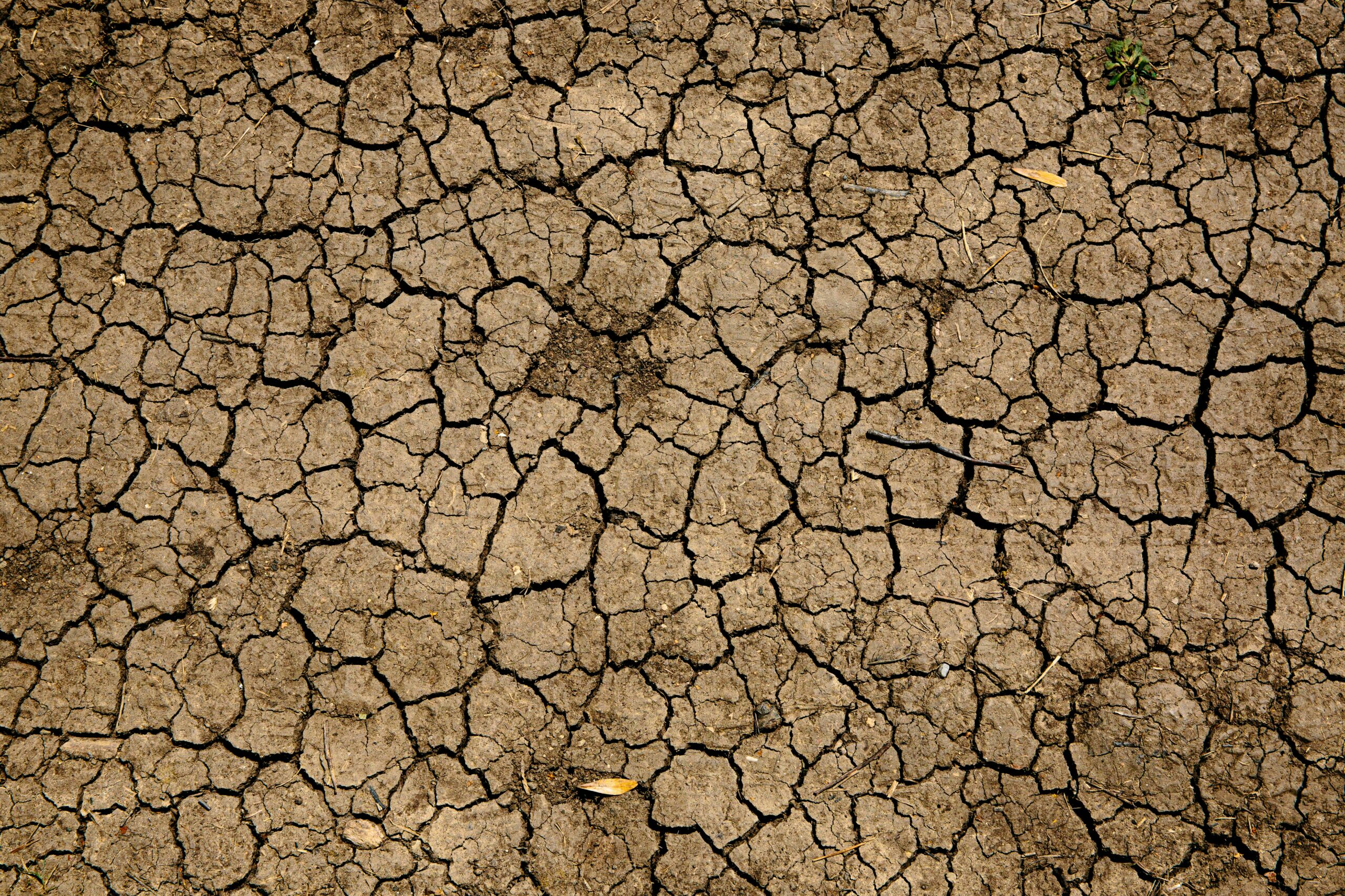WWF-Ukraine presents drought prevention and management mechanism for Tisza, Prut, and Siret rivers sub-basins

The World Wide Fund for Nature Ukraine presented for the first time a comprehensive plan of measures aimed at preparing for and mitigating the consequences of droughts—the so-called Drought Management Plan (DMP). This project is an extremely important step in adapting Ukraine to climate change and guaranteeing its water security. The first DMP projects were developed for the sub-basins of the Tisza, Prut, and Siret rivers.
In the lowland areas of the sub-basins, dry periods of varying intensity and duration are observed almost every year during the growing season. For example, 2003, 2013, and 2015 were very dry, and 2022 was the driest on record since 1945.
Over the entire observation period, it was established that the territory's aridity is increasing, and particularly large changes have occurred in the high-mountainous part of Transcarpathia.
According to the annual monitoring of droughts and water scarcity, 2000-2023 is a period of significant temperature increase and increased drought and water scarcity phenomena.
"Droughts in the Danube basin are becoming more frequent, intense, and longer beyond the summer months. They were observed in 2003, 2007, 2012, 2015, 2017 and 2020-2023. Climate change projections point to worsening scenarios rather than a positive trend. These projections indicate an urgent need for a proactive, integrated, phased approach to drought management across the Danube basin. At the same time, such work should be coordinated between the countries of the Danube region.
Droughts have already led to a significant decrease in the water level in the Danube and its tributaries, which hurts shipping, hydroelectric power production, and water supply for industry and the population," notes Oksana Konovalenko, the head of the Water Department of the World Wide Fund for Nature Ukraine (WWF-Ukraine), candidate of geographical Sciences.

Droughts and water scarcity are global problems
Drought is a natural phenomenon associated with a lack of moisture. This is a long dry period in the natural climate cycle that can occur anywhere in the world. As a rule, this is a slow phenomenon caused by a lack of precipitation. Drought significantly impacts food security, health, population movements, and migration.
According to estimates by the World Health Organization, 55 million people worldwide suffer from droughts yearly. This phenomenon seriously threatens livestock and agriculture in almost every part of the world. Droughts lead to the loss of livelihoods as people are deprived of the opportunity to grow food and feed livestock. They lead to the risk of disease and death and encourage mass migration. Water scarcity already affects 40% of the world's population today, and by 2030, this figure could rise to 700 million people who are at risk of becoming homeless due to drought.
Drought accounts for 60% of all deaths caused by extreme weather events, although it accounts for only 15% of natural disasters. Between 1998 and 2017, droughts cost the world economy $124 billion.
It is one of the most terrible natural disasters that devastates fertile lands, destroys ecosystems, and deprives people and other living creatures of their livelihood.
Drought occurs when a region experiences water scarcity due to a lack of rainfall or depletion of surface and groundwater resources. This deficit can last weeks, months, or even years.
Prolonged periods of waterlessness threaten human well-being and ecosystems, both natural and artificial. In severe cases, drought can lead to devastating consequences such as famine, mass displacement, and even social conflict.
Severe drought not only endangers crops and soil but also harms air quality. It becomes a catalyst for large-scale forest fires and dust storms, which significantly worsens the state of the atmosphere.
This, in turn, negatively affects the health of people who already have problems with the respiratory system, for example, asthma or chronic obstructive pulmonary disease (COPD), as well as people with cardiovascular diseases.

Drought early warning system
The UN Convention to Combat Desertification in 2018 established a corresponding initiative designed to help countries and communities develop an action plan to prevent and prepare for droughts.
Moreover, developing Drought Management Plans (DMPs) is one of the requirements of the European Union.
Currently, 34 countries, including Ukraine, have developed national action plans to combat drought.
However, the process of developing the National Action Plan to combat land degradation and desertification in Ukraine was suspended. Therefore, unfortunately, the development of drought management plans is not provided for by Ukrainian law.
For the first time, WWF-Ukraine presented a draft Drought Management Plans for the basins of the Tisza, Prut, and Siret Rivers.
The main goal of the DMP is to minimize the negative impact on the economy, social life, and environment in the event of a drought and to expand the criteria and objectives of the Water Framework Directive (WFD) for implementing drought management.
"One of the main tasks of the Drought Management Plan is to create an early warning system. Such a system will make it possible to detect a drought early, carry out a reactive response in time, and mitigate the consequences," Konovalenko says.
What solutions does the DMP provide for:
- Collection and use of rainwater and "gray" water for further use for economic purposes.
- Implementation of sustainable irrigation methods;
- Restoration of wetlands;
- Protection of coastal zones and water protection strips;
- Raising public awareness.
To date, WWF-Ukraine has developed the first plans for two river basins. These plans assess the provision of their construction and the available hydrological and meteorological information. They will serve as a good example for other basins and will also allow the development of national legal acts.
You can get acquainted with the Drought Management Plan at the link.


















































